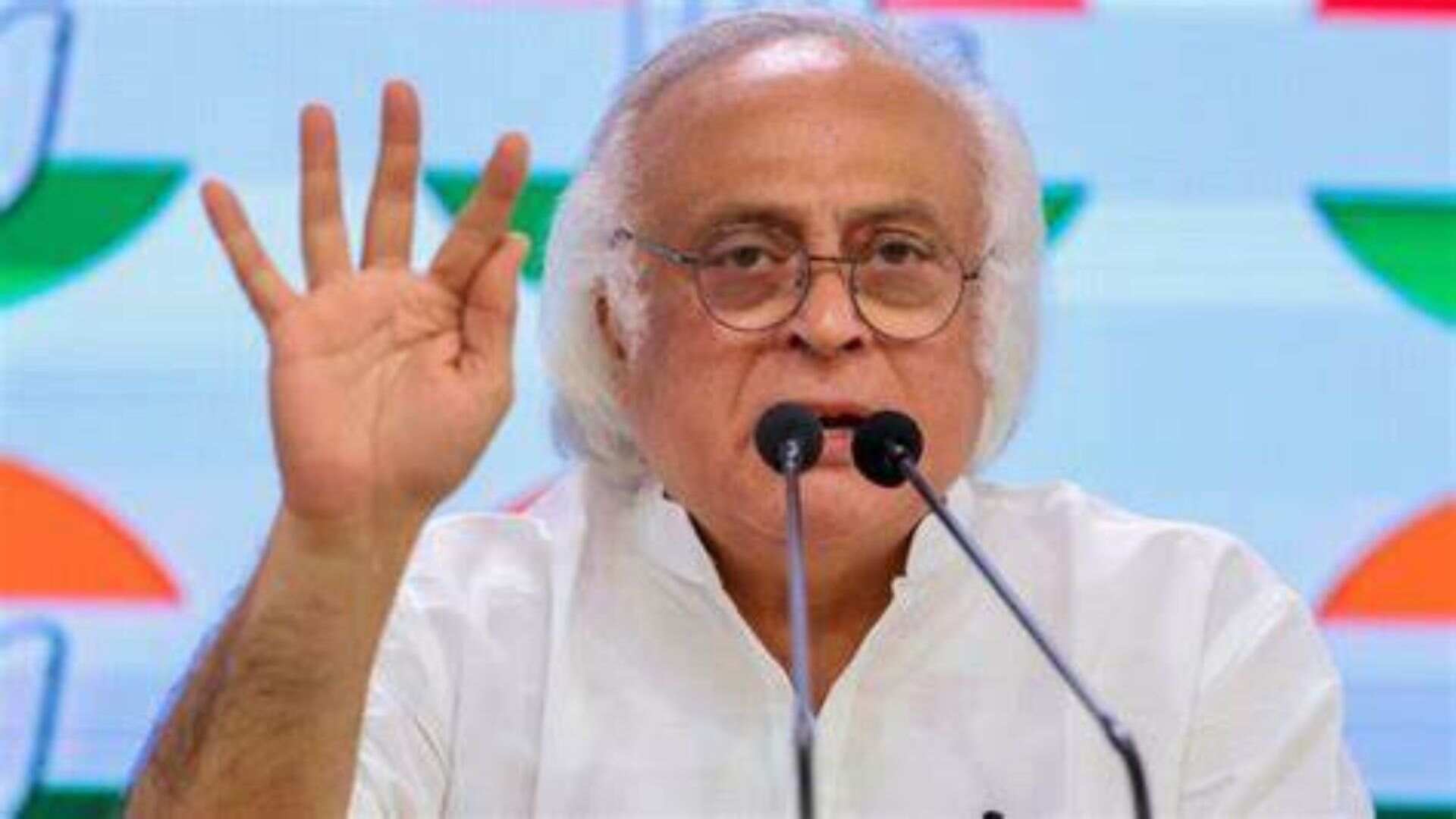The affinity of public sector entities including governmental departments, nodal agencies and regulators for print advertisements is unmatchable. It is probably part of an ancient SOP which is yet to be updated.
The ad category that catches the eye the most is the one for the recruitment of people and empanelment of agencies. The print media industry must be thankful for such a customer segment, but this is the age of ads on online platforms like LinkedIn and others, even for hiring non-tech roles and senior positions. It is probably a sheer waste of paper, money and time when public entity advertisers take their SOPs too seriously and publish print ads calling for professionals to work with digital tools and technology! That’s using ink to promote digital!
One wonders whether these ads mean to showcase that the entity did indeed advertise as part of a process and to tick something off a list or if it really seeks to bring in the servicemen or knowledge providers that the ads call for. Assuming that the target audience for the advertisements actually reads those newspapers, one should take a look at the size and location of the ads and more importantly the “stern” messaging of them that actually replicate official documents with many reference numbers and bureaucratic lingo. But it is in these semantics that the optics often lie hidden!
And it doesn’t end there. The tardiness in asking “those interested” to visit the recruiting department’s website is worse than searching for a needle in the haystack. You can even search for the needle using a high powered magnet, but try searching for the said advertisement on those websites! (On a lighter note, one also wonders if even the individuals mentioned as the “undersigned” in those ads can locate the specific ads in their maze of a website.) I am sure most of us have seen QR codes which can be published in a print ad and take the user directly to the specific section on the advertiser’s website upon scanning them, which can be done using any of the many affordable camera-phones used in India today.
It is indeed time for public offices to assess the effectiveness of their advertising and to ensure that the outcomes are measured to showcase the cost of effective reach. That would be a way to account for such public spending.
It is also time to correct anomalies in the way public offices advertise and redraw the rulebook to stay relevant in the 21st century, but without reducing or missing out on any stakeholder’s access to complete information.























